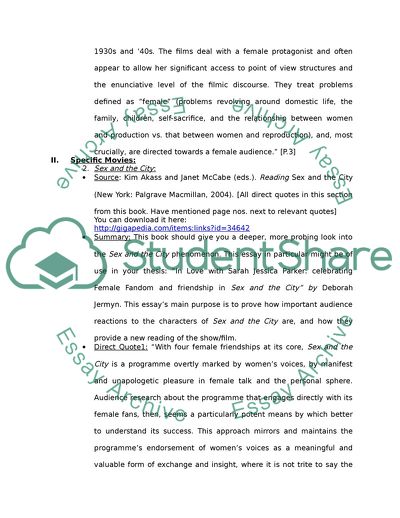Cite this document
(The Womans Film of the 1940s Research Paper Example | Topics and Well Written Essays - 1250 words, n.d.)
The Womans Film of the 1940s Research Paper Example | Topics and Well Written Essays - 1250 words. https://studentshare.org/visual-arts-film-studies/1735895-film-studies-the-portryal-of-female-friendship-in-film
The Womans Film of the 1940s Research Paper Example | Topics and Well Written Essays - 1250 words. https://studentshare.org/visual-arts-film-studies/1735895-film-studies-the-portryal-of-female-friendship-in-film
(The Womans Film of the 1940s Research Paper Example | Topics and Well Written Essays - 1250 Words)
The Womans Film of the 1940s Research Paper Example | Topics and Well Written Essays - 1250 Words. https://studentshare.org/visual-arts-film-studies/1735895-film-studies-the-portryal-of-female-friendship-in-film.
The Womans Film of the 1940s Research Paper Example | Topics and Well Written Essays - 1250 Words. https://studentshare.org/visual-arts-film-studies/1735895-film-studies-the-portryal-of-female-friendship-in-film.
“The Womans Film of the 1940s Research Paper Example | Topics and Well Written Essays - 1250 Words”. https://studentshare.org/visual-arts-film-studies/1735895-film-studies-the-portryal-of-female-friendship-in-film.


